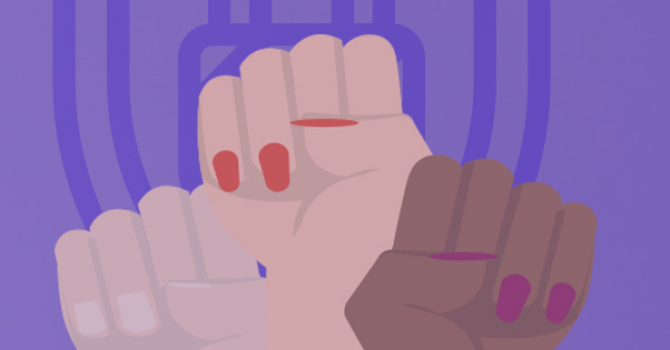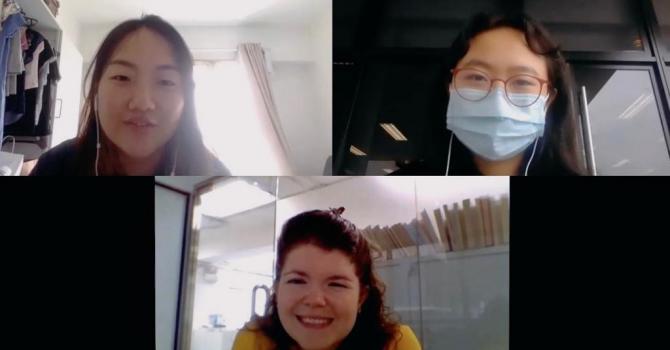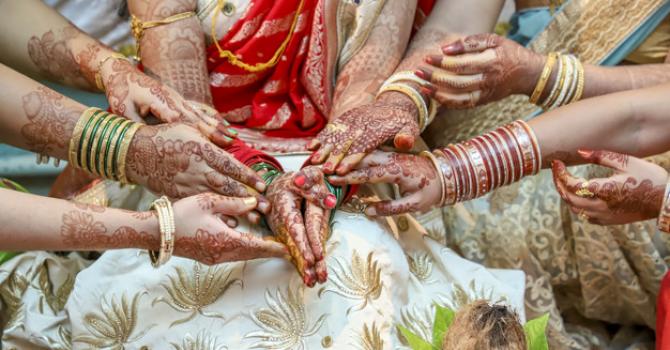What I’ve earned as a Turbaned Woman of Colour in Hong Kong
Harpinder Kaur, Project Officer at The Zubin Foundation
Imagine this. As you walk on the street, minding your own business, a Chinese vendor turns to you exclaiming “Excuse me, Sir!”.
When in fact, you’re a woman who simply ties a turban.
“Oh no, miss! I thought you were a man, because only men tied turbans?”
Yes, this is my everyday life in Hong Kong. I’m often mistaken for a man simply because I tie a turban. As a Punjabi Sikh born and bred in Hong Kong, I choose to practice my faith where both men and women can tie turbans. There are only a handful of Sikh women in the city who embrace this part of our roots, and I happen to be one. Living in a city where people of colour are easily marginalised, being a woman of color and tying a turban brings many challenges.
In university, my peers and classmates never questioned my identity but rather accepted for who I am, making my experience a positive one. However, living in Hong Kong, many older members struggle with the idea that women can tie turbans too. I believe that this contrast in experience cannot be blamed on them, but rather lack of education and exposure we enjoy in universities. We get the chance to learn about different cultures and faiths whether it be through multi-faith events, overseas internships or by sharing hostel rooms with people from different backgrounds. While the mainstream community does not have knowledge on different cultures because they were not taught about it or refused to learn.
Growing up, language had always been a barrier due to the systemic discrimination in education - many people like me lost their golden opportunity for social mobility. Yet it was not only language that became a barrier. People’s mindset became a bigger one. When I entered the job market after graduation, I realised how deeply rooted the issue of lack of cultural sensitivity and knowledge is. I remember applying for teaching jobs as I had minored in English, and the most common question I was asked was “Would you take off your turban to teach at the school if the school is not comfortable with it?’’ How is this related to my ability to teach? How would my turban affect the quality of learning? Unfortunately, this is just one of the many examples of cultural discrimination I’ve met.
The problem will not or cannot be solved overnight. Change has to come from both sides. But the society as a whole has to understand how cultural differences are not a basis for discrimination. It’s not enough if I try to explain my choices and educate others on my own. If frameworks could be built educating mainstream society on gender and cultural discrimination, our society could become more receptive to cultural diversity.
For example, employers and administrators cannot fully understand our struggles simply because they have not experienced them. Having someone who looks like us in the administration, who has gone through similar experiences will exercise better judgement and represent us in their decisions. If employers understand and implement a framework on gender, cultural sensitivity and inclusion in their companies, it will create a learning and inclusive environment for both employers and employees.
I strongly hope that one day - instead of writing about our struggles and challenges, you will see us writing about our accomplishments as women and people of colour in Hong Kong.
-- Harpinder Kaur,
Project Officer at The Zubin Foundation




